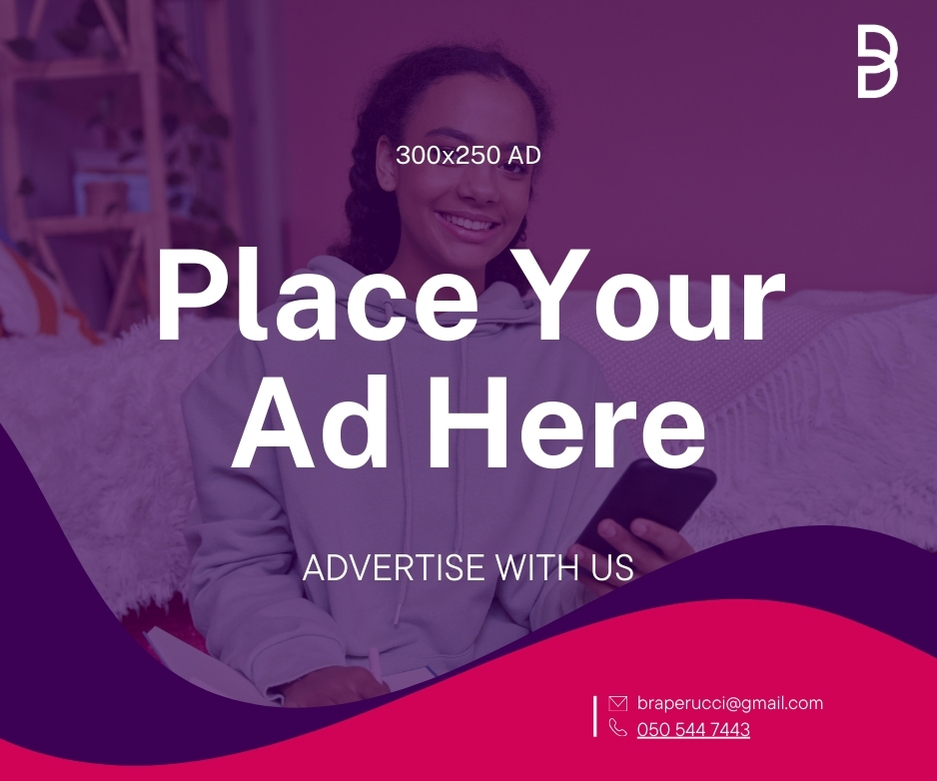For ages, global fashion media has continuously failed to cover and represent the fashion industry in Africa adequately.
Often than not the conversation around African creativity and ingenuity is relegated to the background resulting in bias reporting, stereotypes, and lack of proper representation in media.

The lack of dimension in storytelling has also created a huge gap between the industry and potential customers affecting marketing, advertising and growth.
In the second episode of #DialoguingDiversity of the visualactivist.me powered by PICHA, founding editor of Braperucci.africa and communication lead at Digital Media agency, BP Africa communications, Nathan Yaw Pierre Tollo shared some key solutions to the diversity and inclusion issue in fashion media.
In response to the issue of lack of proper media reportage, Nathan, a visual activist himself, said local media must empower the industry by telling real stories, celebrate real culture, and breed inclusion.
“Empowering the fashion industry lies squarely on the door of the media and stakeholders in the industry. We need to appreciate the work we do and highlight the creative working coming from Africa”, he said.
Nathan who has been at the forefront of digital media as a publisher, content creator, PR, media strategist, and muck racker as he covers topics in the fashion, lifestyle, food industry said the lack of structure and funding from the corporate world was also a factor that had inhibited the inclusion of the fashion in media.
Three ways he believed fashion media owners, editors and journalists can consciously improve diversity include creating a fashion database for all the industry players.
He also suggested that media owners should always involve women and young people in telling the stories.
“Edward Enninful of British Vogue has done a great job in his role as the first black editor of British Vogue through research and collaborating with the right creatives, he’s been able to create content we are all proud of,” he opined.
Finally, he advised that industry stakeholders should research and find solutions to the local issues that were affecting them.
The interactive and empowering episode saw several questions and comments from the audience who also acknowledged the need for media to be more inclusive and less opulent as expressed in the glossy pages of magazines.
The VisualActivist.me campaign is open to all Individuals, influencers and businesses interested in the visual movement for inclusion, diversity and authentic representation of Africans and Afro-descendants.
Watch the full video from EP-2 of #DialougingDiversity here


